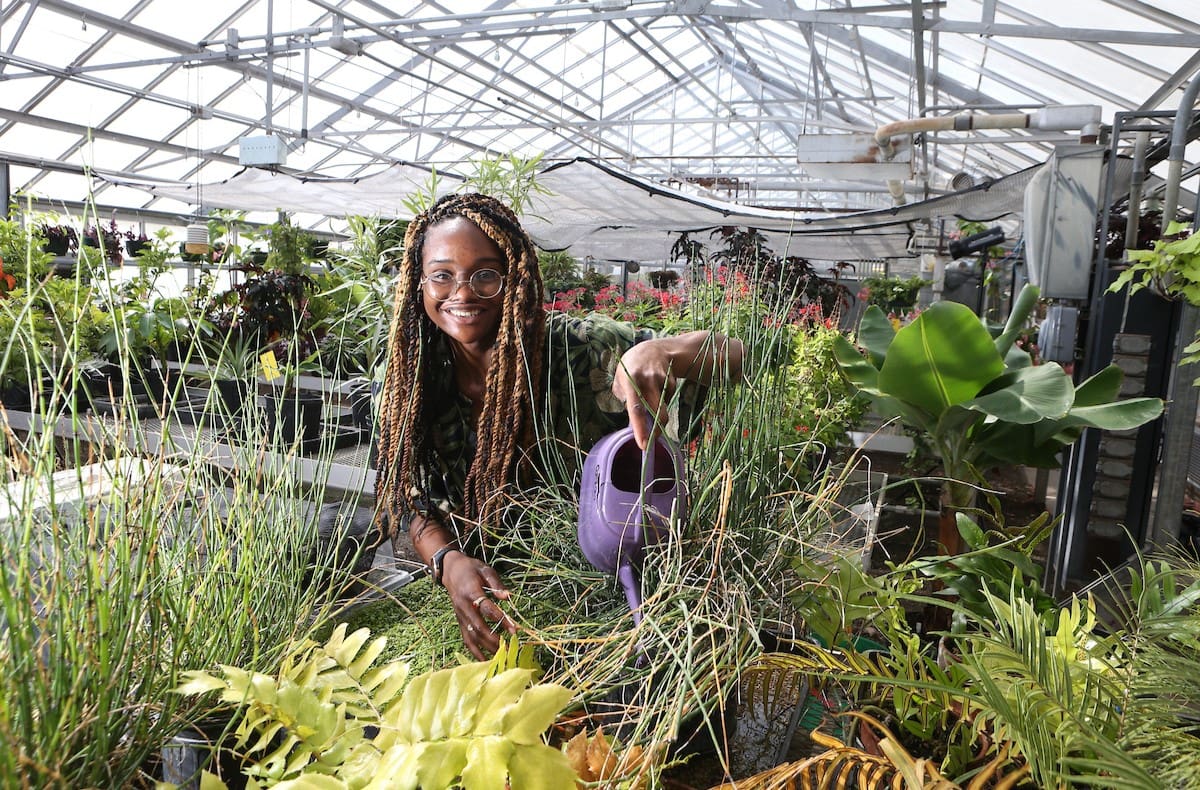
What is a botanical family? A botanical family groups plants sharing common characteristics. Think of it like a big plant family reunion where everyone has similar traits. For example, the rose family includes apples, strawberries, and, of course, roses. These plants share features like flower structure and leaf arrangement. Understanding botanical families helps gardeners, farmers, and scientists identify plants, predict their needs, and even discover new uses. Imagine knowing that if you can grow a rose, you might also succeed with strawberries. This knowledge can make gardening more fun and less of a guessing game. Ready to learn more? Let's dig in!
What is a Botanical Family?
A botanical family groups plants sharing common characteristics. These families help botanists classify and study plants more efficiently. Let's dive into some fascinating facts about botanical families.
-
Botanical families are part of a hierarchical system in plant classification. This system includes kingdom, division, class, order, family, genus, and species.
-
The largest botanical family is the Asteraceae, also known as the daisy family. It includes over 23,000 species.
-
Rosaceae, or the rose family, includes many fruits like apples, pears, and strawberries.
-
The Fabaceae family, also called the legume family, includes beans, peas, and lentils. These plants often enrich soil with nitrogen.
Unique Characteristics of Botanical Families
Each botanical family has unique traits that distinguish it from others. These traits can include flower structure, leaf arrangement, and seed formation.
-
Orchidaceae, the orchid family, is known for its intricate and diverse flower structures.
-
The Poaceae family, or grass family, includes important cereal crops like wheat, rice, and corn.
-
Solanaceae, the nightshade family, includes tomatoes, potatoes, and eggplants. Some members are toxic.
-
Lamiaceae, or mint family, is known for aromatic herbs like mint, basil, and rosemary.
Importance of Botanical Families in Agriculture
Botanical families play a crucial role in agriculture. Understanding these families helps farmers and scientists improve crop yields and manage pests.
-
The Brassicaceae family, also known as the mustard family, includes cabbage, broccoli, and kale. These vegetables are rich in nutrients.
-
Rutaceae, the citrus family, includes oranges, lemons, and limes. These fruits are vital sources of vitamin C.
-
The Apiaceae family, or carrot family, includes carrots, celery, and parsley. Many members have umbrella-shaped flower clusters.
-
Cucurbitaceae, the gourd family, includes cucumbers, pumpkins, and melons. These plants often have sprawling vines.
Botanical Families and Medicinal Plants
Many medicinal plants belong to specific botanical families. These plants have been used for centuries to treat various ailments.
-
The Papaveraceae family, or poppy family, includes the opium poppy, which produces morphine and codeine.
-
Asteraceae family members like chamomile and echinacea are used in herbal medicine.
-
The Lamiaceae family includes lavender and sage, known for their calming and healing properties.
-
Zingiberaceae, the ginger family, includes ginger and turmeric, both known for their anti-inflammatory benefits.
Botanical Families and Ecosystems
Botanical families contribute to the balance and health of ecosystems. They provide food, shelter, and other resources for various organisms.
-
The Fagaceae family, or beech family, includes oaks and beeches. These trees provide habitats for many animals.
-
Pinaceae, the pine family, includes pines, spruces, and firs. These trees are crucial for forest ecosystems.
-
The Salicaceae family, or willow family, includes willows and poplars. These trees often grow near water and help prevent soil erosion.
-
Ericaceae, the heath family, includes blueberries and cranberries. These plants thrive in acidic soils and support wildlife.
-
The Myrtaceae family, or myrtle family, includes eucalyptus and guava. These plants are important in tropical and subtropical ecosystems.
The Final Bloom
Plants are more than just green decor. They play a crucial role in our ecosystem, providing oxygen, food, and medicine. From the tallest trees to the smallest flowers, each plant has unique characteristics that contribute to its survival and our well-being. Understanding these facts helps us appreciate the diversity and importance of the botanical world.
Next time you see a plant, remember it’s part of a vast, intricate family that supports life on Earth. Whether it’s a towering redwood or a tiny daisy, every plant has a story to tell. So, take a moment to observe and learn from the plants around you. They’re not just living organisms; they’re essential to our planet’s health and our own.
Keep exploring, stay curious, and let the wonders of the plant kingdom inspire you every day.
Was this page helpful?
Our commitment to delivering trustworthy and engaging content is at the heart of what we do. Each fact on our site is contributed by real users like you, bringing a wealth of diverse insights and information. To ensure the highest standards of accuracy and reliability, our dedicated editors meticulously review each submission. This process guarantees that the facts we share are not only fascinating but also credible. Trust in our commitment to quality and authenticity as you explore and learn with us.


